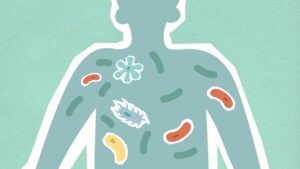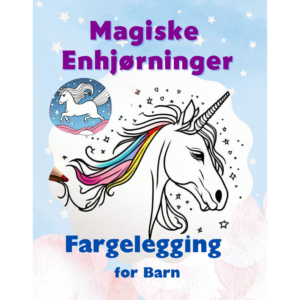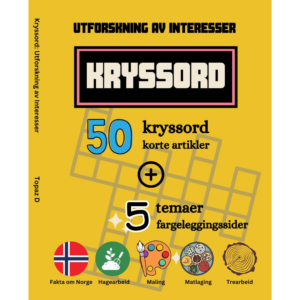
Explore & Play
Discover interesting topics and solve the accompanying crossword puzzle.
Suffering Crossword: Exploring Pain, Grief, and Healing Paths
Table of Contents
Suffering crossword
You can either fill in the crossword puzzle directly on this page or click the button in the bottom right corner to print it for free.
——————————————
Understanding Suffering: Pain, Grief, and Paths to Healing

Introduction
Have you ever noticed how suffering quietly threads through every life, in ways big and small? It’s a shared human companion—sometimes sharp and sudden, other times slow and lingering. Pain that gnaws at the body, grief that clouds the heart—both are forms of suffering, yet they wear different faces. Physical suffering might be a wound that aches or a chronic ache that refuses to fade. Emotional suffering—the loss, the sorrow, the heaviness—can feel like a weight you carry quietly, unseen but deeply felt.
This quiet burden touches more than just moments of discomfort. It shapes our mental and physical well-being, influencing how we move through the world each day. And because suffering is so intertwined with our whole being, understanding it calls for more than just fixing the pain. It invites a gentle, complete approach—one that honors the body, mind, and spirit together.
What if by embracing this fullness, we could begin to soften suffering’s hold? To find not only relief but also a space for healing and quiet growth? Let’s walk this delicate path with open eyes and gentle hearts, exploring how suffering unfolds and gently leads us toward restoration.
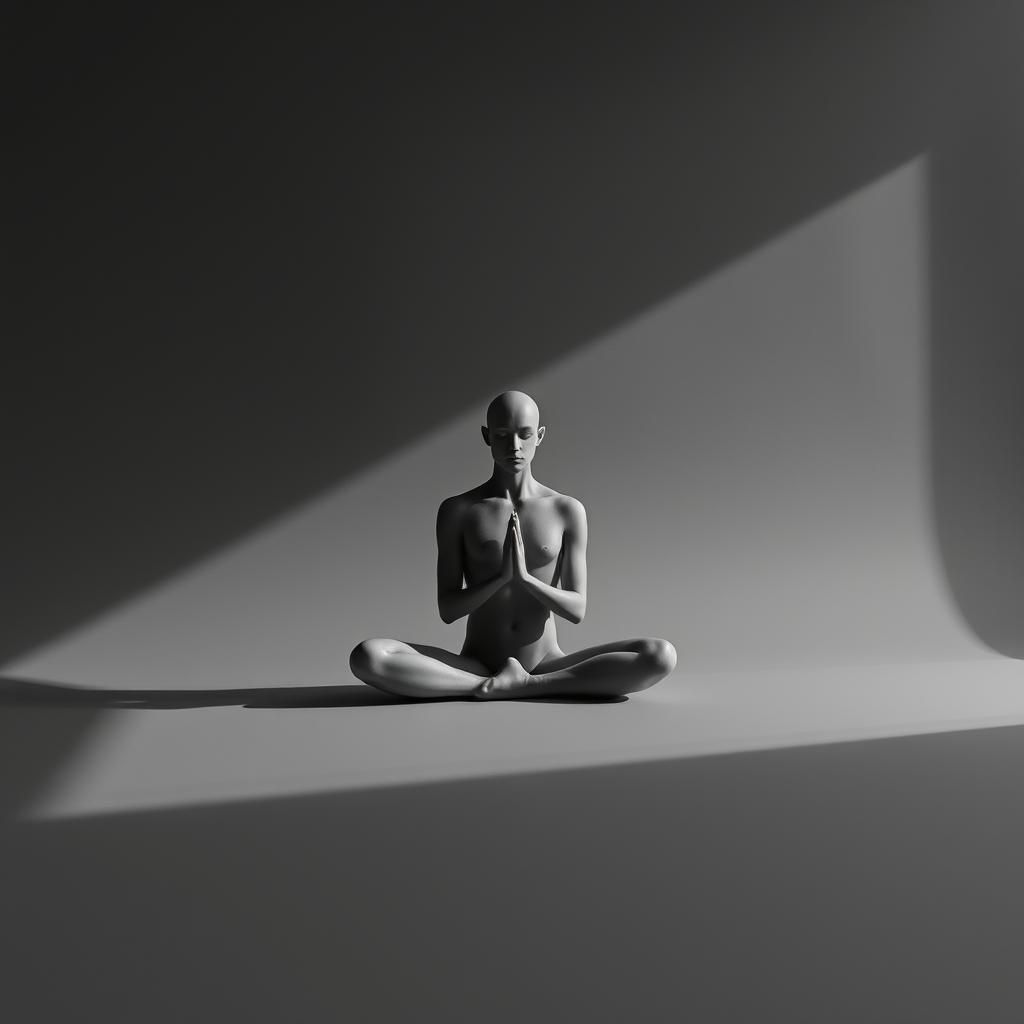
The Nature of Physical Suffering
Physical suffering is something nearly everyone will face at some point—whether a sudden injury or a long-lasting ache. It takes different shapes: sharp, fleeting pain that demands immediate attention, or a slow, persistent weighing down that never quite leaves. Acute pain strikes like a sharp warning, a clear signal to stop, protect, or heal. Chronic pain is the quieter shadow that lingers, often changing how a person moves through life, coloring days with fatigue and frustration.
Where does this pain come from? Sometimes it’s easy to trace—an accident, illness, or surgery. Other times, it’s less clear, emerging from complex webs inside the body and mind. Genetics can gently tip the scale: for instance, it’s been observed that people with red hair may feel pain more intensely. It’s a reminder that our very biology shapes our experience of pain, whispering that no one’s suffering is quite the same.
Living with chronic pain shapes more than just the body. It can seep into thoughts and moods, making each day a challenge. Managing it often requires more than medication—a blend of gentle movement, mindful awareness, and sometimes a quiet acceptance. Like tending a small garden, care and patience help ease the harshness, allowing space for healing, even when pain remains.
In these moments, physical suffering becomes an invitation: to listen to the body’s story, to honor its limits, and to find quiet strength in the endurance. It’s less about erasing the ache and more about learning to exist with it—softening the edges until the pain no longer feels like the whole story.

Emotional Suffering: Grief, Anguish, and Distress
Emotional pain is one of those quiet battles we all face — invisible, yet no less real. It takes many shapes: grief from loss, anguish that twists the heart, misery that weathers the soul, and sorrow that lingers like a soft shadow. Unlike physical pain, which can pulse or ache in a specific place, emotional suffering often feels harder to locate or explain. It’s a weight pressing inward, sometimes dull, sometimes sharp, but always deeply personal.
Think of anguish as an intense inner storm — an emotional tempest that can make the world feel heavy and confusing. Agony, by contrast, often aligns more closely with physical suffering, marked by visceral, bodily sensations. While both emotional anguish and physical agony are profound, the former tends to settle in the mind and spirit, coloring how we see ourselves and our place in the world.
Trauma can unsettle this delicate balance. When something shatters our sense of safety — like loss, violence, or sudden upheaval — emotional suffering can spike, leading to anxiety, depression, or even crisis. This distress is not just “in the mind”; it ripples through the body and soul, altering how we breathe, sleep, and move forward.
Yet, even in the darkest moments, emotional suffering holds space for healing. It invites us to sit with our pain without rushing, to acknowledge the storm before it passes. Recognizing the depth and complexity of emotional pain is the first step — a quiet invitation to begin the slow, steady path toward calm and recovery.
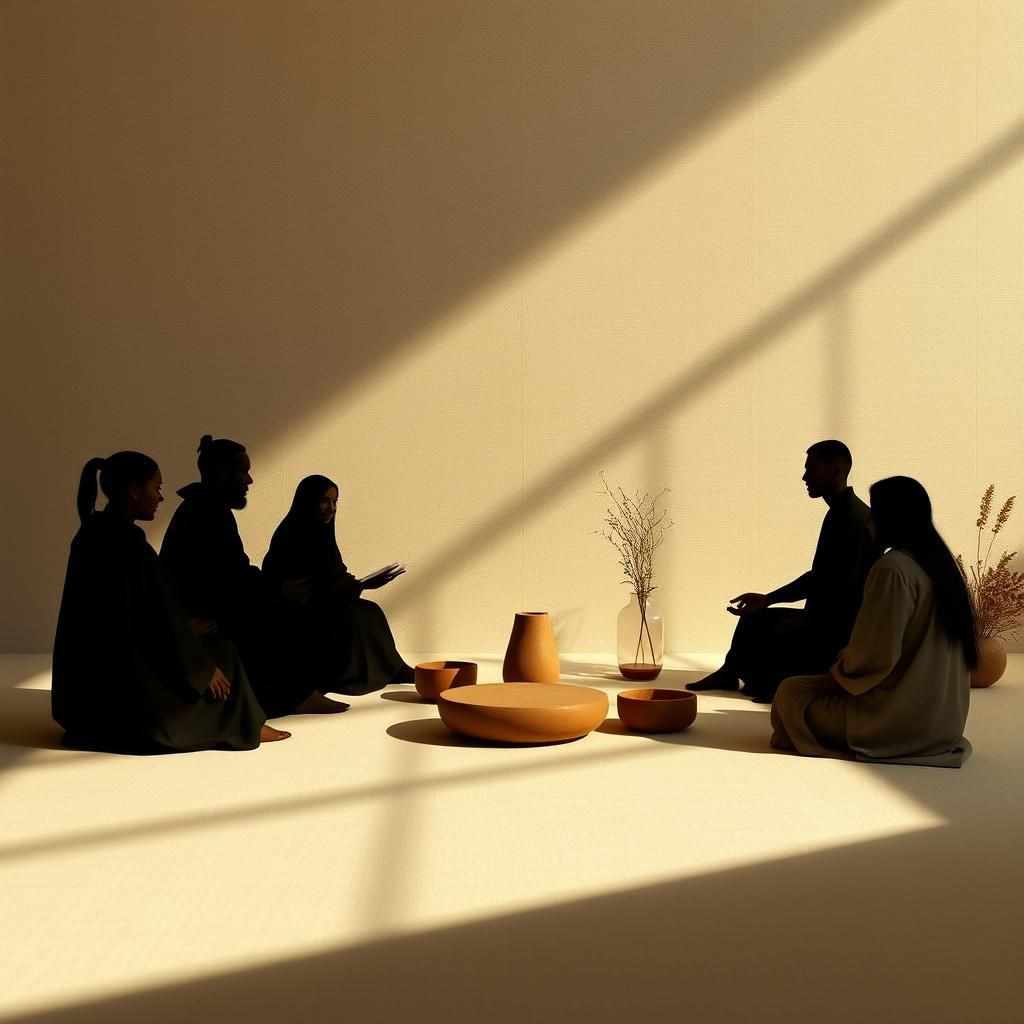
Cultural Perspectives on Suffering
Suffering isn’t just something we feel inside—it’s also shaped by the world around us. Different cultures see and handle pain in their own unique ways, coloring how people understand and cope with their struggles. Imagine suffering as a language spoken with many accents: the same core experience, but expressed through varied traditions, beliefs, and rituals.
Across the globe, the ways communities recognize and express suffering can feel surprisingly diverse. In some places, showing pain openly is a sign of strength and connection; in others, endurance and silence carry deep respect. These cultural lenses influence not only how people talk about suffering but also how they seek comfort.
The path toward healing is often woven with threads of culture. Traditional practices—be it herbal remedies, ritual ceremonies, or storytelling circles—offer more than just symptom relief. They create space for shared understanding and belonging. There’s a quiet power in communal rituals that remind us we are not alone in our pain.
Spiritual beliefs also play a gentle yet profound role. For many, faith provides a framework to find meaning in suffering, turning hardship into a passage rather than a dead end. Whether it’s through prayer, meditation, or collective ceremonies, these moments invite a pause—a chance to breathe, reflect, and reconnect.
By appreciating the rich mosaic of cultural approaches, we come closer to honoring the full landscape of human suffering. In doing so, we open a wider door for healing—not just as individuals, but as part of a greater, shared human story.

Personal Stories of Trauma and Healing
Suffering often feels like a silent weight, something carried alone in the quiet moments. Yet, when we glimpse someone else’s story—how they navigated their dark days—we find a shared thread. Personal narratives have a quiet power: they turn pain into something relatable, something that can be held and understood rather than feared or ignored.
Imagine two people meeting on a rough trail. One has stumbled and is still caught in the thorny underbrush of grief or trauma. The other, having once been lost in that same thicket, now stands with steady footing and offers a hand. Their story isn’t a cure-all, but a lantern flickering softly in the dusk—guiding, not pushing.
Healing journeys rarely follow a straight path. Sometimes, progress feels invisible, like roots growing slowly beneath frozen soil. But stories remind us that growth happens beneath the surface, reshaping us in ways we only recognize in hindsight. The concept of post-traumatic growth suggests that even after deep suffering, resilience can flourish—a newfound strength, a changed perspective, a kinder heart.
When someone shares how they transformed pain into purpose, we don’t just hear the tale—we feel the invitation to believe that healing is possible. Their experience becomes a quiet companion on our own path, whispering that the weight we carry may one day be part of our wisdom, not just our wounds.
Take a moment to breathe with this thought: your story, once spoken or simply held in stillness, can be a bridge. It won’t erase the ache, but it can gently open the door to hope, connection, and the slow unfolding of peace.
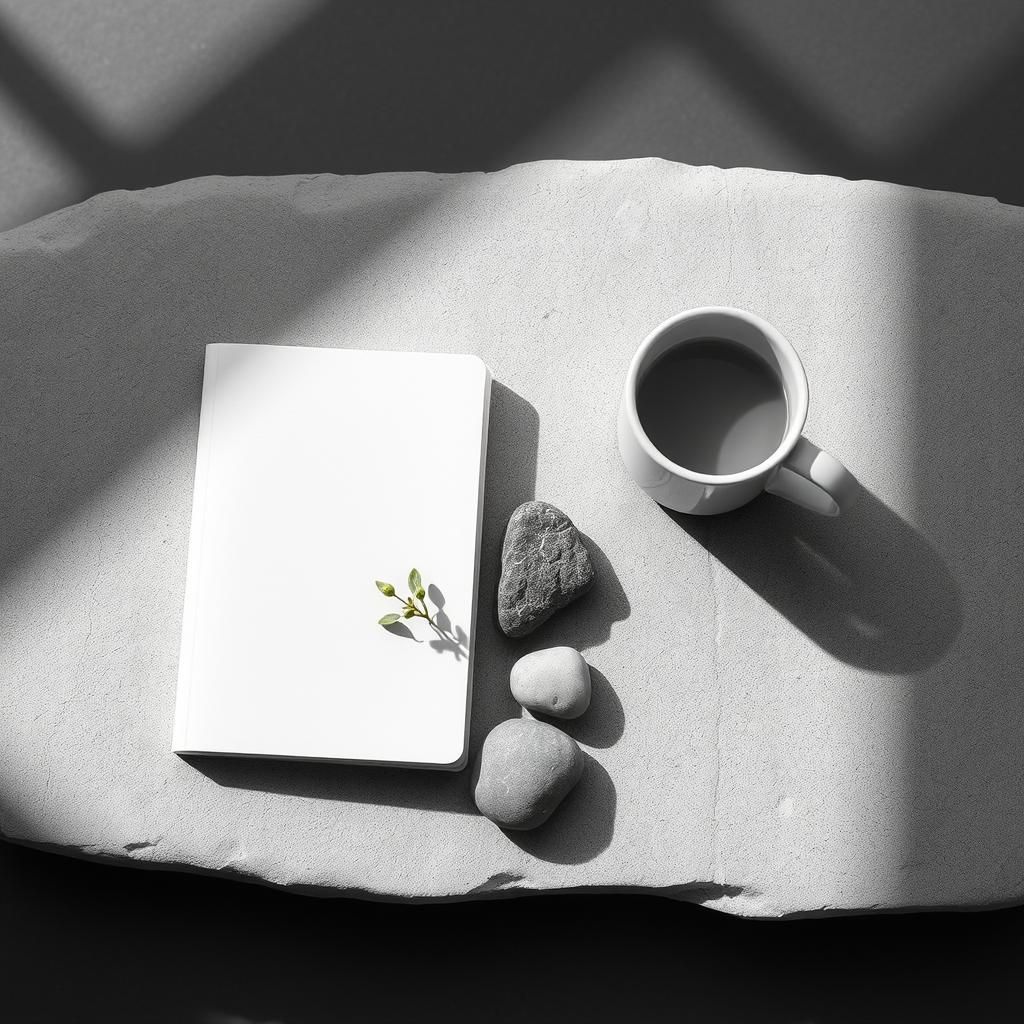
Hardships as Opportunities for Growth
Suffering often feels like a heavy burden pressing down with no end in sight. Yet, beneath that weight, there quietly stirs a possibility: what if hardships aren’t just obstacles, but gateways? What if the very struggles that make us stumble can, in time, help us stand taller?
When life tests us, it can be like walking through a storm. The wind howls, the rain falls, but eventually, we step into calm. These experiences have a way of softening the edges, reshaping our view of ourselves and the world. Pain, loss, and challenge offer an uninvited but profound teacher. They invite us to look inward, to find reserves of strength we might not have known existed.
Spiritual traditions and modern psychology alike recognize this turning point. The idea of post-traumatic growth reminds us that healing isn’t just about returning to how things were—but about moving beyond, toward a deeper wisdom. Hardships can cultivate patience, compassion, and a renewed sense of purpose. They rewrite our stories, gently reshaping identity around resilience rather than defeat.
But embracing growth isn’t about forcing positivity or rushing past pain. It begins with mindfulness — a quiet acceptance of what is without judgment. Sitting with discomfort like a patient observer, noticing emotions as they arise without tightening against them. In this spacious awareness, meaning can slowly emerge.
Practically, this might look like pausing through breath, journaling reflections, or seeking the steady presence of a trusted companion. As we practice acceptance, we build resilience—not by erasing hardship but by weaving it into the fabric of our being. Each adversity met with openness nudges us closer to wholeness.
So next time you face a trial, consider this gentle invitation: what might grow within you, if you let the struggle be your guide? In hardship’s quiet unfolding, there lies a subtle blessing — a chance for transformation that flows softly from endurance to grace. 🕊️

As we come to the gentle close of this reflection, it feels fitting to pause and gather the quiet threads woven through our exploration of suffering. We’ve touched on its many faces—physical pain that the body whispers or shouts, and emotional wounds that reside deep within. Both are real, both shape our days, sometimes in ways we cannot easily see.
We’ve seen how our unique genetics can color the way pain visits us, how culture offers different lenses through which we understand and bear our suffering. Stories—those tender intimacies shared in trust—remind us that we are not alone; that healing often unfolds in the simple act of being heard.
Through this tapestry, perhaps a gentle invitation emerges: to approach suffering not only as an ache to be silenced but as a path—sometimes rugged, sometimes unexpectedly soft—that leads us toward deeper resilience and insight. It’s in tending to our wounds with care, reaching out for support, and holding space for growth that we find the grace to carry our burdens more lightly.
May this reflection nurture in you a quiet hope—a reminder that within suffering, there lies the subtle potential for transformation. And as you breathe in this moment, may you carry forth a soft strength, embracing healing with open hands and a peaceful heart. 🕊️
Share to...
I hope you enjoy the content.
Want to receive our daily crossword puzzle or article? Subscribe!
You may also be interested in
Share to…
Want to receive our daily crossword puzzle?
-
Jigsaw Puzzles
Art Nouveau Jigsaw Puzzle with Betta Fish in Lush Garden Scene 250 | 300 | 500 Pieces
kr 348,00 – kr 439,00 Select options This product has multiple variants. The options may be chosen on the product page -
Jigsaw Puzzles
Maine Coon Cat Ink Wash Puzzle 250 | 300 | 500 Pieces
kr 348,00 – kr 439,00 Select options This product has multiple variants. The options may be chosen on the product page -
Jigsaw Puzzles
Zodiac Watercolor Rooster Puzzle: Artful Elegance 250 | 300 | 500 Pieces
kr 348,00 – kr 439,00 Select options This product has multiple variants. The options may be chosen on the product page





